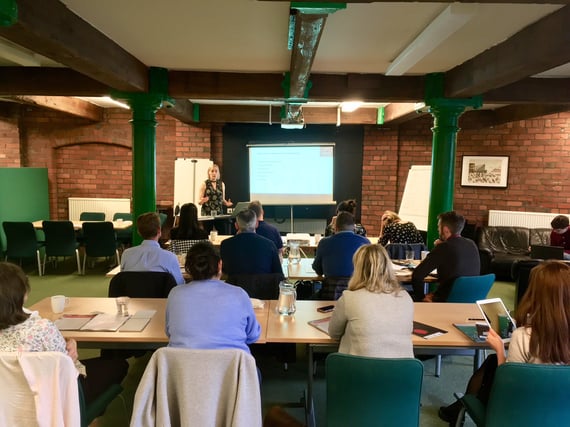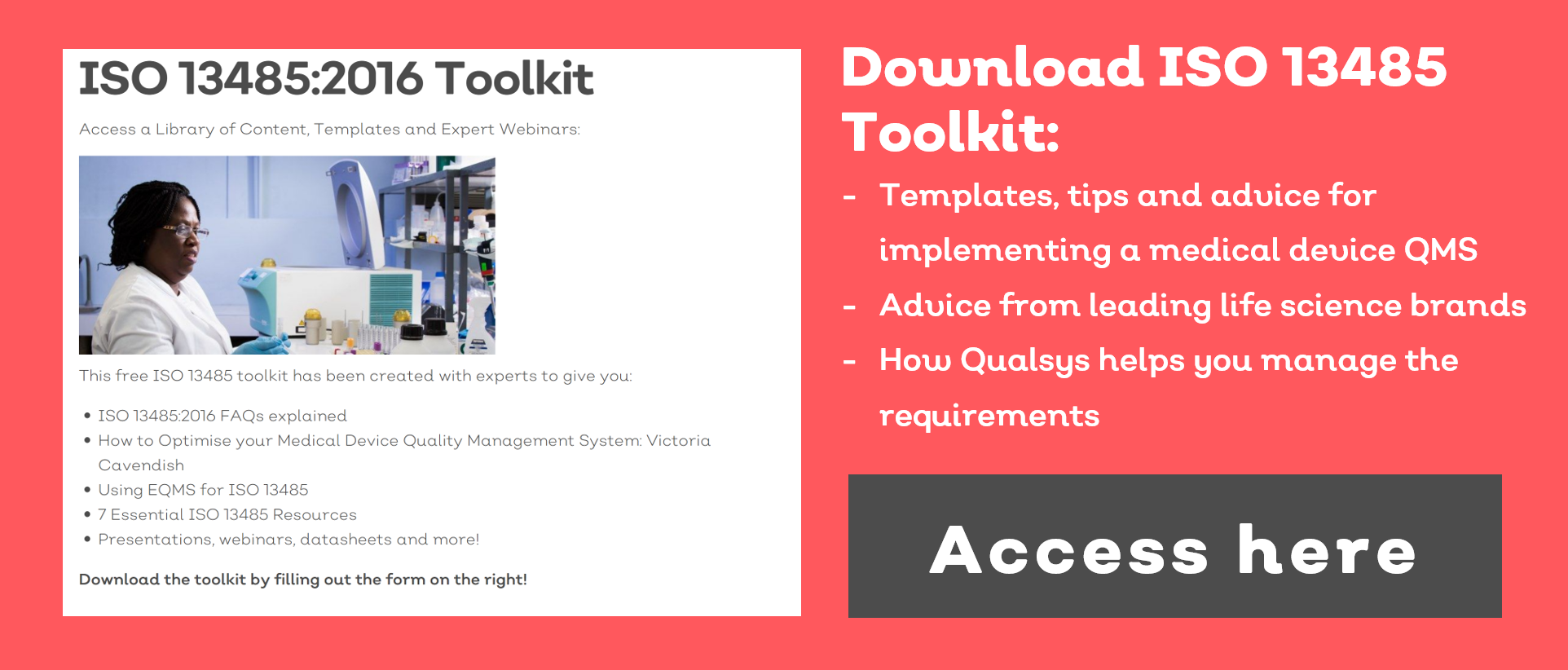Want to contribute to this article?
Qualsys works with many life science organisations who are at various levels of maturity - from those who are trying to get their first product to market to those who are planning on expanding to new markets.
Our medical device quality management software is used to help comply with ISO 13485:2016 by life science businesses such as Dysis Medical, York Instruments and Iovance.
Kate Armitage, Head of Quality at Qualsys, works closely with our life science customers, and was recently a panellist at an industry event. During the event, Kate was asked "What are the main differences between ISO 13485 and ISO 9001?"

As this questions creeps up frequently, we've provided Kate's response to help anyone else who needs clarification:
The latest version of ISO 13485 diverges more from ISO 9001:2015.
While ISO 9001 involves continuous improvement and the use of customer feedback, ISO 13485 involves establishing your policies, procedures and processes, implementing them and demonstrating the product / service is consistently fit for purpose.
ISO 13485 is focused on mitigating risk.
When it comes to ISO 13485, the primary objective is to facilitate harmonised medical device regulatory requirements for the quality management system. It's for the design, development, production, installation and servicing of medical devices and the design, development and provision of related services. For example, Clause 4 focuses on 'Maintaining effectiveness of the quality management system' whereas in ISO 9001:2015 the focus is 'Continual improvement of the quality management system'.
ISO 13485 increases speed to market. Some countries require ISO 13485 certification to support regulatory approval. However, ISO 9001:2015 is not currently required to support regulatory approval in any country.

Download our ISO 13485:2016 toolkit
Want more information about ISO 13485:20156? Download our free toolkit here.









Share your thoughts on this article